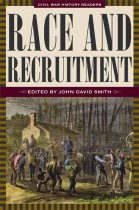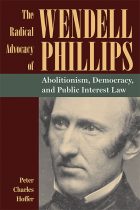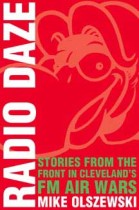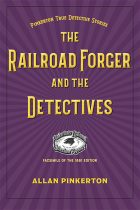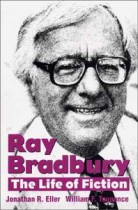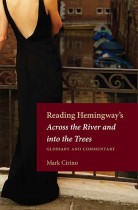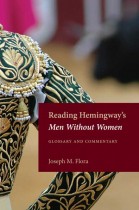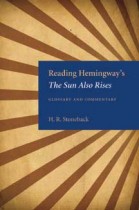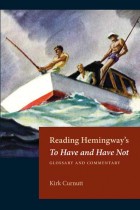Race and Medicine in Nineteenth-and Early-Twentieth-Century America
Todd Savitt | Filed under: Discover Black History, History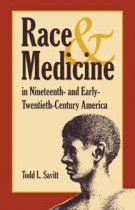
In Race and Medicine historian Todd Savitt presents revised and updated versions of his seminal essays on the medical history of African Americans in the late nineteenth and early twentieth centuries, especially in the South. This collection examines a variety of aspects of African American medical history, including health and illnesses, medical experimentation, early medical schools and medical professionals, and slave life insurance.

